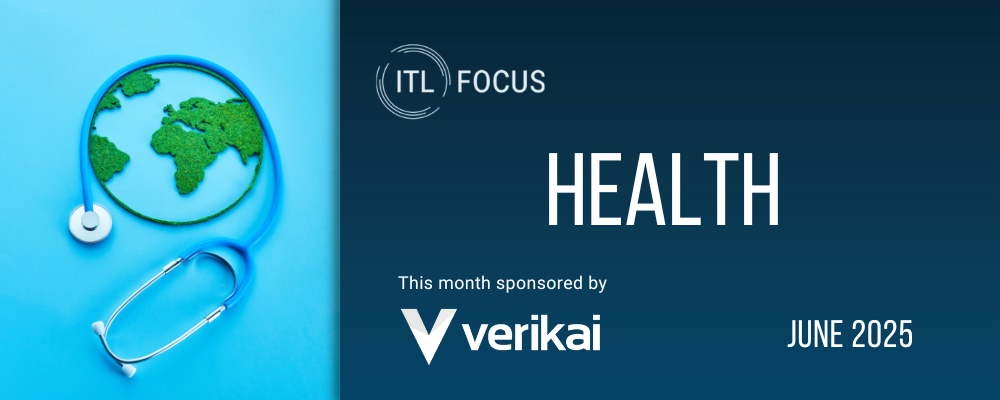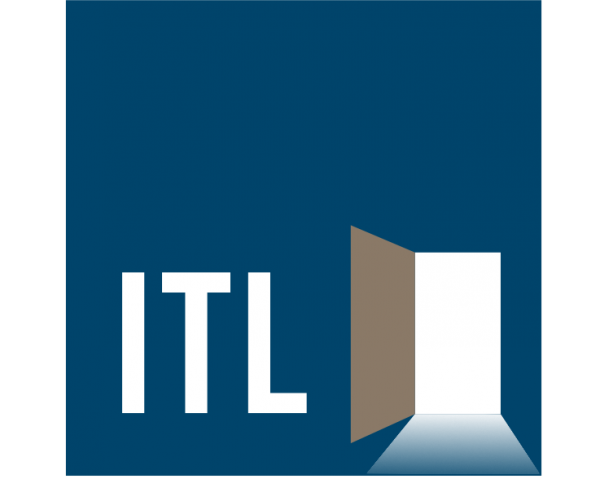Healthcare is bursting with promise these days. Gene editing holds out the prospect of curing, not just managing, crippling diseases such as sickle cell anemia. Breakthroughs in understanding how proteins fold let researchers speed drug development. And AI, of course, accelerates all the progress – at an ever-accelerating pace. Insurers will be required to cover many of these breakthrough treatments – as they should, given the remarkable benefits that are becoming possible. Insurers thus need accurate estimates of how many people will undergo the new treatments, as well as what they will cost. And that’s a truly hard problem. Curing sickle-cell anemia in a single person, for instance, currently costs millions of dollars. But the treatment is so new and experimental that relatively few are considered to be eligible. The cost should diminish as doctors move up the learning curve – but the number of eligible patients will likely surge. Oh, and there’s little or no historical data available. Good luck figuring out how these new treatments and drugs should boost the premium for a group health plan – knowing that if you’re off even a little, these big-ticket treatments could hit your economics hard. This is the sort of issue that’s cropping up in just about every line of insurance these days, as innovations reshape costs in ways that go beyond where historical data can help much. So how do you tackle this tough problem? The short answer is: Be really smart. The longer answer is that you can probably find analogs that shed some light on the cost and frequency of claims even in uncharted territory. You should also set up a feedback loop, so you’re constantly testing your assumptions, learning where you’re wrong, and finetuning your understanding and pricing. In this month’s interview, Colin Condie, senior healthcare actuary at Verikai, explains how he helps insurers quantify their exposure. I think you’ll find that interesting in its own right, as he goes through many of the dazzling treatments that are becoming available. Even if you don’t operate in the health field, I think the discipline he lays out can be applied broadly to telematics, the Internet of Things and so many of the other innovations that insurers are introducing. Enjoy. Paul | 

